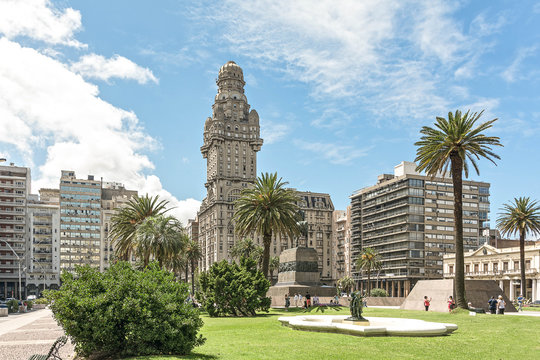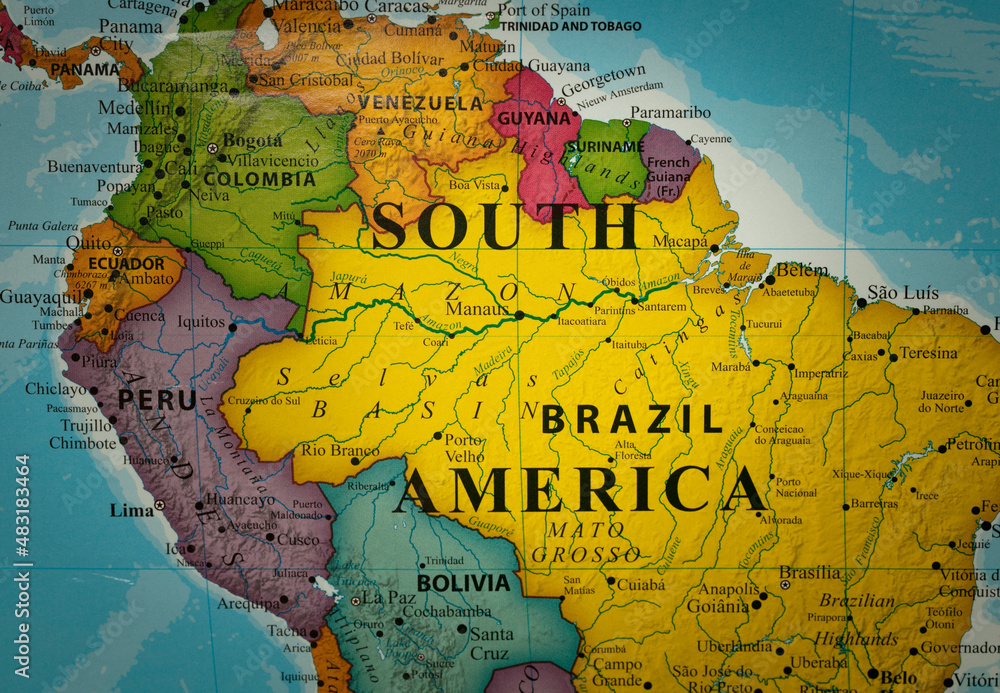When traveling, ensuring your safety is a priority, especially when exploring a new region like South America. While many parts of the continent are safe and welcoming, it’s always a good idea to be prepared. Carrying self-defense tools can give you peace of mind, but before you pack pepper spray or a pocketknife, it’s crucial to understand the local laws regarding such items. Here’s a guide to what you can legally carry for self-defense across South America.

1. Pepper Spray or Mace
Pepper spray is a popular self-defense tool for travelers due to its effectiveness and compact size. In most South American countries, carrying pepper spray is legal for personal protection. However, there may be restrictions:
• Brazil: Pepper spray is legal for self-defense but cannot be used irresponsibly.
• Chile and Argentina: Generally allowed but check local regulations as some regions may require specific permits.
• Colombia and Peru: Widely accepted for personal protection without a permit.
Tip: Always carry the smallest allowable size and keep it discreet.
2. Personal Alarms and Whistles
These are universally legal and highly effective for drawing attention if you feel unsafe. A personal alarm can emit a loud, disorienting noise to scare off potential attackers or alert others nearby.
Why choose them?
• No legal restrictions.
• Lightweight and easy to carry.
• Ideal for crowded areas or when walking alone.
3. Tactical Flashlights
A durable flashlight with a strobe function is another great self-defense tool. These are legal everywhere in South America and can temporarily blind an attacker when used correctly. They also double as a handy tool for exploring at night.
4. Pocket Knives and Multitools
While pocket knives and multitools are often used for practical purposes, their legality for self-defense varies across South America:
• Argentina: Small knives are generally allowed, but avoid carrying anything that could be seen as a weapon.
• Chile: Permitted as long as the blade length complies with local regulations (usually under 4 inches).
• Brazil: Strict laws govern knife carrying; anything perceived as a weapon can lead to legal issues.
• Colombia and Peru: Carrying knives can draw attention from authorities; only pack them if necessary for outdoor activities.
Tip: When in doubt, keep knives in checked luggage and avoid carrying them in public spaces.

5. Kubotans and Keychain Weapons
Compact and discreet, kubotans or self-defense keychains are legal in many countries because they are not classified as weapons. However, it’s advisable to research specific country regulations.
6. Self-Defense Classes and Non-Weapon Alternatives
Sometimes, the best self-defense tool is knowledge. Consider taking a self-defense class before your trip to improve your awareness and confidence. Other non-weapon alternatives include:
• Sturdy umbrellas that can double as defensive tools.
• Steel water bottles for protection and practicality.
Important Legal Considerations
• Research Local Laws: Each country in South America has its own set of regulations for self-defense items. Check the rules for your specific destination.
• Customs and Border Control: Items that are legal in your home country may be confiscated upon entering another country.
• Cultural Awareness: Some self-defense tools may be frowned upon or misunderstood, even if legal.
General Safety Tips for South America
• Stay aware of your surroundings, especially in crowded areas or at night.
• Avoid flashing valuables, as petty theft is common in some regions.
• Keep emergency contacts handy and consider using a tracking app to share your location with trusted friends or family.
Final Thoughts
While carrying self-defense tools can provide peace of mind, it’s equally important to follow local laws and cultural norms. Remember, preparation and awareness are your best allies when exploring South America. By respecting local regulations and staying vigilant, you can enjoy your journey safely and confidently.
Do you have any go-to self-defense tips or tools you’ve used while traveling? Share them in the comments!
Would you like me to include links to official regulations for specific countries or recommendations for self-defense products? Let me know!


